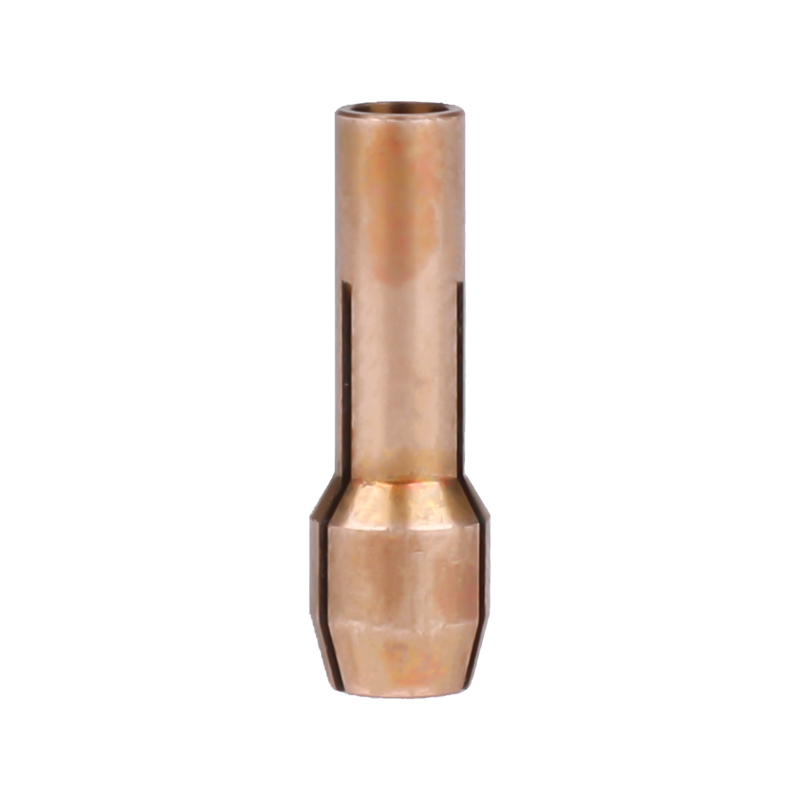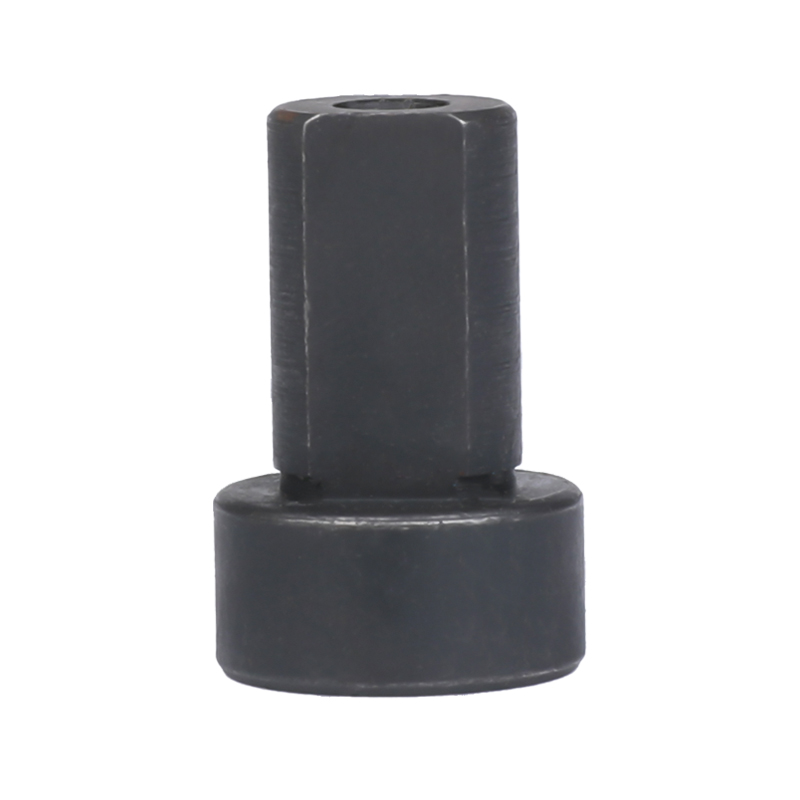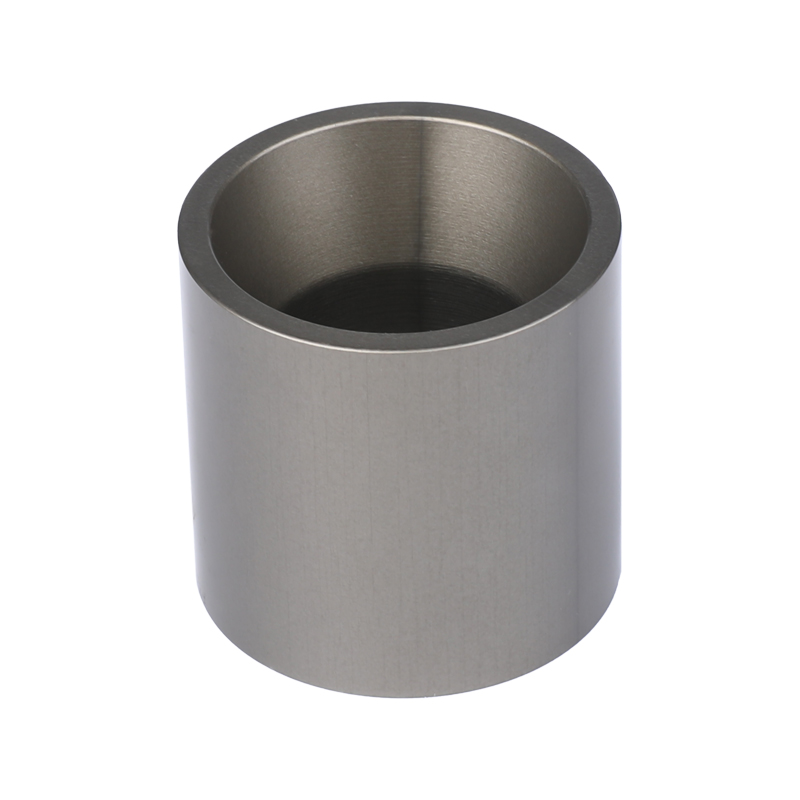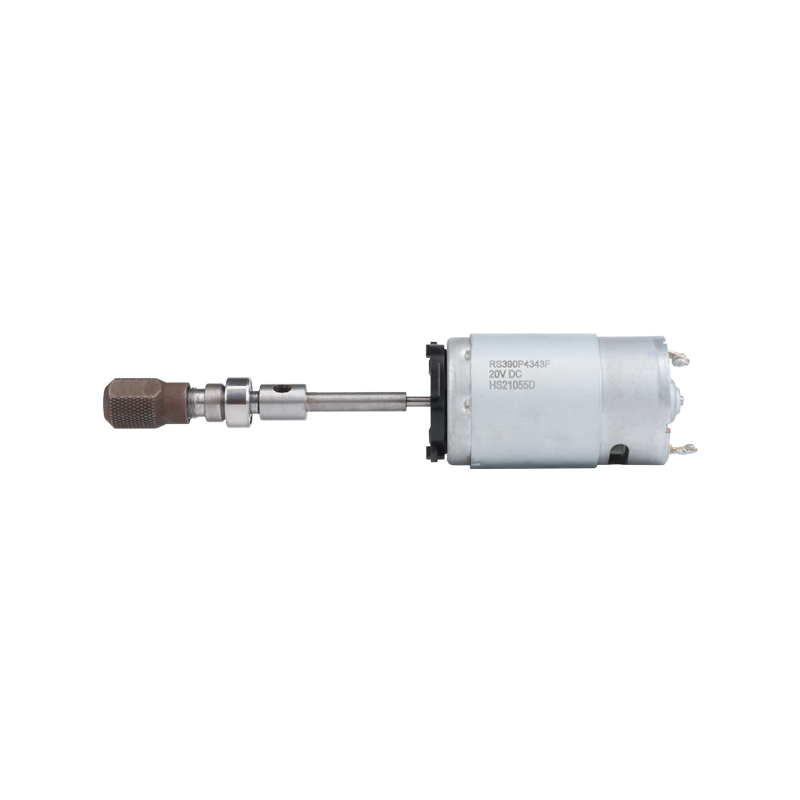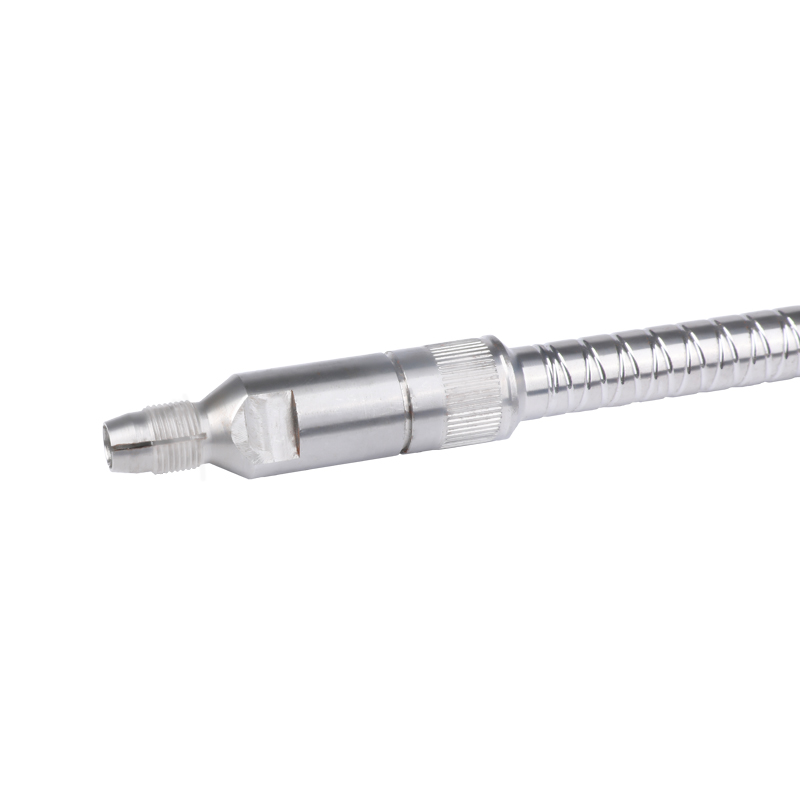In the field of precision manufacturing, every detail is related to the overall performance and quality of the product. As a key component in many precision equipment, the contact pin has a high dimensional accuracy requirement, almost reaching the micron or even nanometer level. Such high-precision requirements are not only a great challenge to the manufacturing process, but also a rigorous test of the performance of the processing equipment. In this context, the turning and milling composite machining center has become an ideal choice for contact pin precision machining with its unique advantages.
Contact pins are widely used in measuring instruments, medical equipment, semiconductor equipment and other fields. Their role is to act as sensors or actuators to achieve precise positioning, measurement or operation. Since the contact pin is in direct contact with the object to be measured or the working surface, its dimensional accuracy, surface quality and material properties have a significant impact on the overall performance of the equipment. Any slight deviation or defect may lead to measurement errors, operational errors or even equipment damage. Therefore, extremely high requirements are placed on the machining accuracy of the contact pin.
Faced with the high-precision requirements of contact pins, traditional processing methods often seem to be unable to cope with them. Although traditional lathes or milling machines can complete basic processing tasks, they have obvious deficiencies in processing complex shapes, ensuring dimensional accuracy and surface quality. In addition, traditional processing methods usually require multiple processes and multiple clamping, which not only increases processing time, but also easily introduces errors and affects the final processing accuracy.
It is in this context that the milling-turning machining center came into being. As the epitome of modern precision machining technology, the milling-turning machining center has built a stable and reliable machining platform by integrating high-precision spindles, precision guides and advanced control systems. This platform not only has powerful processing capabilities, but also can achieve efficient and flexible production while ensuring machining accuracy.
The high-precision spindle of the milling-turning machining center is the core component for achieving high-precision machining. It uses advanced bearing technology and dynamic balancing technology to ensure the stability and accuracy of the spindle during high-speed rotation. At the same time, the rigidity and thermal stability of the spindle are also fully guaranteed, and it can maintain stable machining accuracy during long-term, high-load machining.
Precision guides are another important component of the milling-turning machining center. It is responsible for supporting and guiding the movement of the machining parts to ensure stability and accuracy during the machining process. Precision guide rails usually adopt high-precision rolling or sliding pair design, combined with a precise lubrication system, to achieve low friction, low wear, and high-precision motion control. This design not only improves the processing accuracy, but also extends the service life of the equipment.
The advanced control system is the "intelligent brain" of the milling machining center. It integrates a number of advanced technologies such as multi-axis linkage control, high-precision interpolation algorithm, online detection and compensation, and realizes precise control of the machining process. Through the preset machining program and parameter settings, the control system can automatically complete complex machining tasks, while real-time monitoring of various parameter changes during the machining process, and adjust and optimize as needed. This intelligent control method not only improves machining accuracy and production efficiency, but also reduces the difficulty of operation and labor intensity.
In actual applications, the milling machining center has successfully achieved precision machining of contact pins with its powerful machining capabilities and high-precision control system. From the selection of raw materials to the inspection of finished products, every link has undergone strict quality control. During the machining process, the milling machining center can easily cope with the complex shape and size requirements of the contact pin, and complete the machining tasks of multiple processes in one clamping. At the same time, through the application of online detection and compensation technology, the machining accuracy and stability are further improved.
The emergence of contact pin turning and milling composite precision machining technology not only solves the problems that are difficult to overcome by traditional machining methods, but also brings unprecedented development opportunities to the field of precision manufacturing. With its advantages of high precision, high efficiency and high flexibility, it has become the preferred process for machining precision parts such as contact pins. With the continuous advancement and innovation of science and technology, turning and milling composite machining technology will continue to develop and improve, providing strong support for high-precision machining needs in more fields. In the future field of precision manufacturing, turning and milling composite machining technology will undoubtedly play a more important role and promote the entire industry to a higher level.

 English
English Español
Español 日本語
日本語 中文简体
中文简体